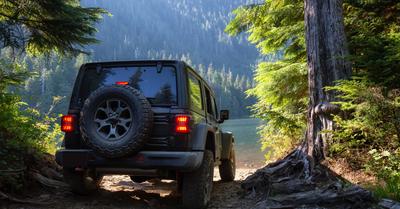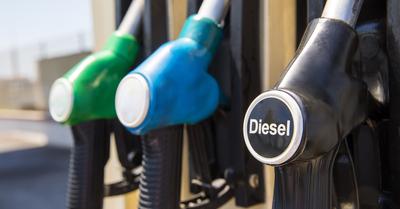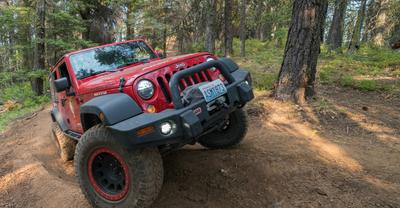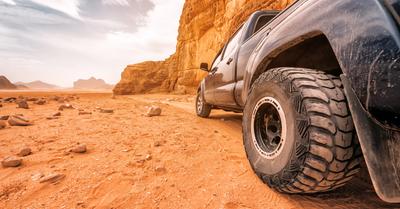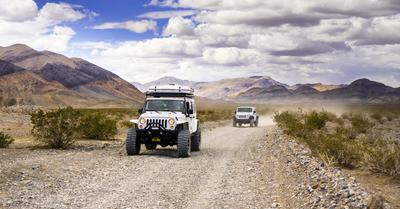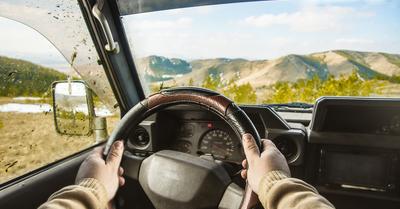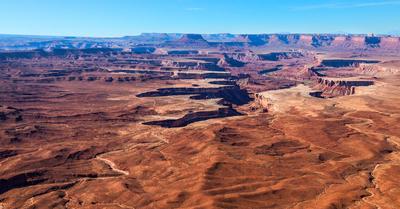Off roading journeys require proper planning, gear, and equipment to stay safe. Most beginners have no idea what they need for off roading, but we can help.
To go off roading, we need specialty tires, recovery gear, hand tools, tow ropes, spare tires, a portable air compressor, a lift jack, and a handy first aid kit. These are the basics for any off road adventure. The vehicle should also be inspected before reaching the trails.
Off-road driving unprepared is not recommended, especially for inexperienced drivers or those who have never driven off-road before. We have been in this situation before, and we put together the perfect checklist with proper planning. Keep reading below to learn more.
Key Takeaways
- The essential items for off-roading include specialty tires, recovery gear, hand tools, tow ropes, spare tires, a portable air compressor, a body lift kit, and a handy first aid kit.
- To prepare for off roading, equip the vehicle with all required gear, pack other necessities, fuel up and bring extra fuel if possible, and do a final inspection on the vehicle.
- Other tips to keep in mind for off roading include bringing a friend, knowing the limits of the vehicle, trying practice runs first, and being mindful of the vehicle’s ground clearance.
This article may contain affiliate links where we earn a commission from qualifying purchases.
What Do I Need For Off Roading?
Off-roading is a type of driving involving vehicles such as OHVs, trucks, and SUVs on unpaved surfaces. These vehicles are designed to withstand rough terrains and are usually fitted with special tires that can be used on dirt or gravel.
It is often an adventure for those who love to explore and take risks. But before you get into an off-road vehicle, there are some things that you should consider first.
This includes specialty tires, recovery gear, a heavy-duty winch, tow rope, spare tires, an air compressor, a body lift kit, and more. We’ll explain the significance of these items below to ensure all off-roading trips are done safely.
Specialty Tires
Off-road tires feature a large contact patch that helps reduce rolling resistance and increase fuel efficiency when driving on sand or other loose surfaces where traction is limited by low friction between the tire and surface material.
These specialty off road tires are a must for any off roading. They should always be used on vehicles riding on loose terrain or through trails.
Recovery Gear
Recovery gear is critical if the vehicle gets stuck during an off roading trip. The average kit should include a tree trunk protector, snatch strap, bow shackles and snatch block.
Trucks that do not contain winches will require assistance from another vehicle. The simplest way to make that happen is through a pair of shackles and a snatch strap.
The recovery kit should be stored in a secure yet easy-to-reach spot in the vehicle.
Hand Tools
Every vehicle for off-roading should include a basic set of hand tools. This includes wrenches, screwdrivers, pliers, and anything else included with the kit.
Tow Rope
Always include a tow rope in the vehicle too. It should be properly graded based on the vehicle’s weight for any potential towing or hauling scenarios that could occur.
Spare Tire(s)
Next, bring a spare tire whenever possible because a flat tire can be problematic while on the trails. This is especially important for Jeeps or SUVs taking off-road terrain.
For ATVs or dirt bikes, a tire-repair kit is another item you need in the off-roading armory. This allows for fast fixes on the go.
Air Compressor
An air compressor comes in handy when something goes wrong with the tires. We recommend a small portable one and consider it necessary because a flat tire is not an ideal situation to be stuck in.
Lift Jack
A small lift jack should also be in the vehicle. This is for changing any flat tires or mechanical work that might be necessary during the trip.
First Aid Kit
A first-aid kit is, of course, important to keep with you at all times. This helps in case anything happens or any injuries occur while concurring off road adventures.
Even though a basic first-aid kit might not be able to address every first-aid need, it will at least be able to clean and patch simple wounds and halt the loss of blood.
How Should You Prepare For Off-Roading?
Cars and typical on-road vehicles are not made for off-roading, and they will need some preparation to do so. The same is true of OHVs that last used for an off-roading adventure a while ago.
Follow these steps to prepare for off roading properly.
Equip The Vehicle With The Proper Accessories
Before taking a vehicle off-roading, it is important to equip it with all of the necessary equipment for maximum safety.
This includes a tow strap, a winch, an off-road recovery kit, etc. These items will ensure that you can get your vehicle back on the road quickly when you have to.
Pack All Necessities
Next, it’s time to pack all of the necessities as well, like a first aid kit and air compressor, to prepare for anything that might happen. It’s smart to plan for the worst.
Whether the driver is experienced or someone who has never been off-road before, they will need the right gear to ensure that you stay safe and comfortable.
Fuel Up
The next step is filling the vehicle with the proper fuel to prepare. Bringing some extra fuel in case of emergencies is smart too.
For larger trucks, this might be optional. But ATVs and dirt bike riders will not have the same tank size, so fuel burns faster.
Do a Final Vehicle Inspection
Before taking off on the adventure, a final inspection is recommended. This includes checking the fluid levels, tire pressure, etc., to confirm everything is in order.
Low tire pressure or coolant leaks are common when off-roading, which can ruin the experience and cause an unexpected breakdown.
Other Tips To Remember For Off Roading
Off-roading is a challenging and rewarding activity. It requires skills, knowledge, and experience to be safe on the road. Consider these tips to remain safe while maximizing the experience.
Bring Someone Along For The Ride
Off roading can be dangerous, especially when heading to remote areas. Bring a friend along for the ride whenever possible.
If not, let a friend or family member know where the off roading will be done. This way, someone will be informed of our location and expected return, and they can begin a search in case we are not back by the scheduled time.
Know The Limits Of A Vehicle
Please don’t push the vehicle too much; always stay within limits. This includes speed, turning, and terrain type.
The best way to do this is by understanding how the vehicle handles when off roading. If we’re not sure, we always take it out on a test drive before heading out on an adventure.
Consider Practice Runs
As mentioned, practice runs are a good idea on new trails we’ve never driven. This is done by driving slowly through the trail to learn about it for the next run when we can pick up the speed.
Know The Vehicle's Ground Clearance
Lastly, always know the vehicle’s ground clearance. This is important to keep the undercarriage and exhaust of the vehicle intact without any unexpected damages.


